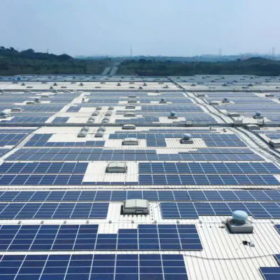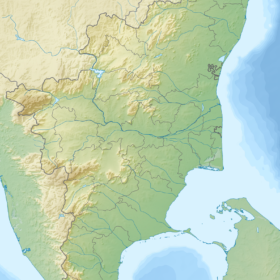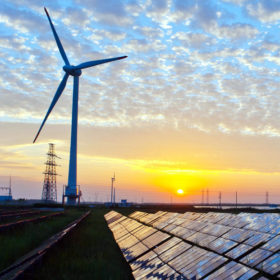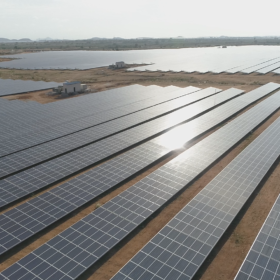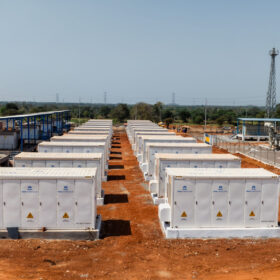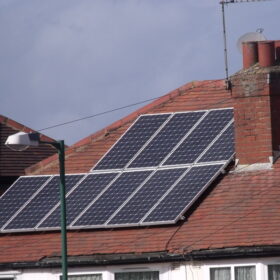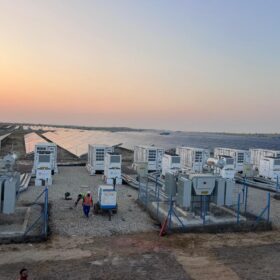Commercial solar rooftops dominate as India nears 6 GW
Bridge to India figures show dominance of Chinese inverters, which supplied almost 80% of installs from July last year to the end of June.
Madurai Kamaraj University to get 1 MW ground-mounted solar plant
The National Institute of Wind Energy has invited bids to install and commission a 1 MW (AC) grid-connected solar power plant at Madurai Kamaraj University in the Madurai district of Tamil Nadu. Bidding closes on September 17.
Modi loosens the purse strings to help struggling state utilities
Covid-19 hits to demand and bill payment collection have worsened the plight of the nation’s already debt-crippled power distribution companies, prompting the government to order an exceptional relaxation of lending limits.
India could add 2.5 GW of big solar in second half
Some 1 GW of utility scale project capacity was added to the end of June.
India installed 7.6 GW of solar in the last fiscal year, and plans another 8 GW by April
Some 5.9 GW of utility scale PV generation capacity was added in 2019-20, plus 1.7 GW of rooftop solar, with domestic module manufacturers enjoying around 40% of the market.
Vikram Solar plans 3 GW solar factory in Tamil Nadu
The engineering, procurement and construction services contractor – which has a 1.2 GW module production facility near Kolkata – will establish a wafer, cell and module manufacturing site in Tamil Nadu under a five-year timescale.
Solar EPC firm SunEdison raises US$2.5 million from US investor
Fenice Investment Group will subscribe to compulsorily convertible preference shares (CCPS) of SILRES Energy Solutions at Rs 10 per CCPS. The investment is expected to complete by May 25.
US investor KKR to acquire 317 MWp of SP Infra solar assets
Marking its second infrastructure investment in India, KKR will acquire Mumbai-based Shapoorji Pallonji Infrastructure’s 169 MWp solar assets in Maharashtra and 148 MWp in Tamil Nadu for a sum of Rs 15.54 billion (approximately US$204 million).
L&T bags 500 MW solar EPC contracts
Larsen & Toubro has secured EPC orders totaling 500 MW grid-connected solar capacity, in addition to significant contracts in India and overseas for power transmission and distribution.
WoodMac predicts India’s renewables installation to fall by a fifth due to lockdown
Over 21.6% or 3 GW of solar and wind installations will get delayed due to supply and labour disruptions caused by the ongoing Covid-19 lockdown, according to the analysts which in a January report forecast the country to add over 15 GW of renewable capacity this year.
